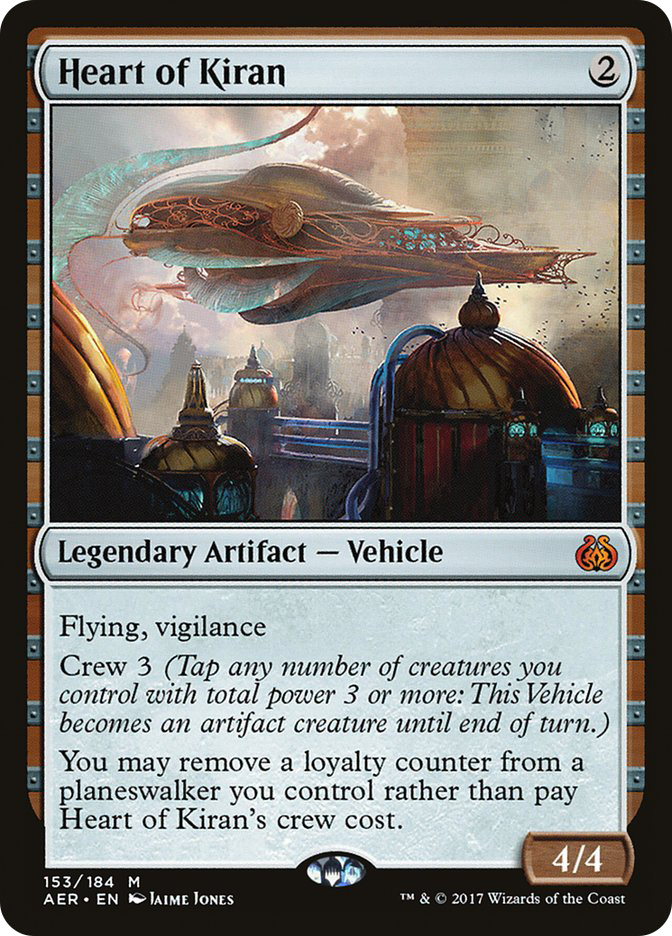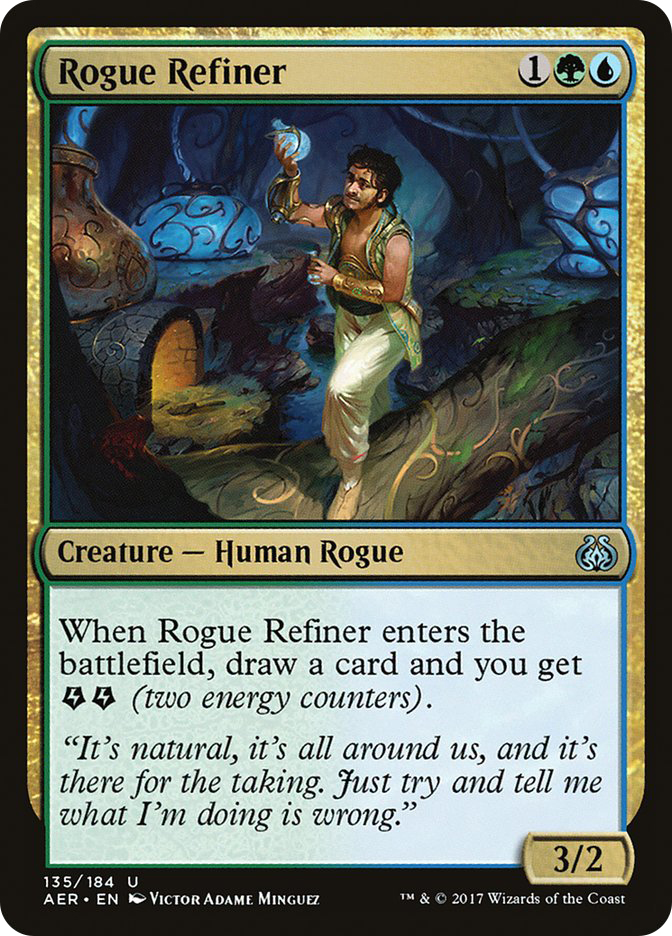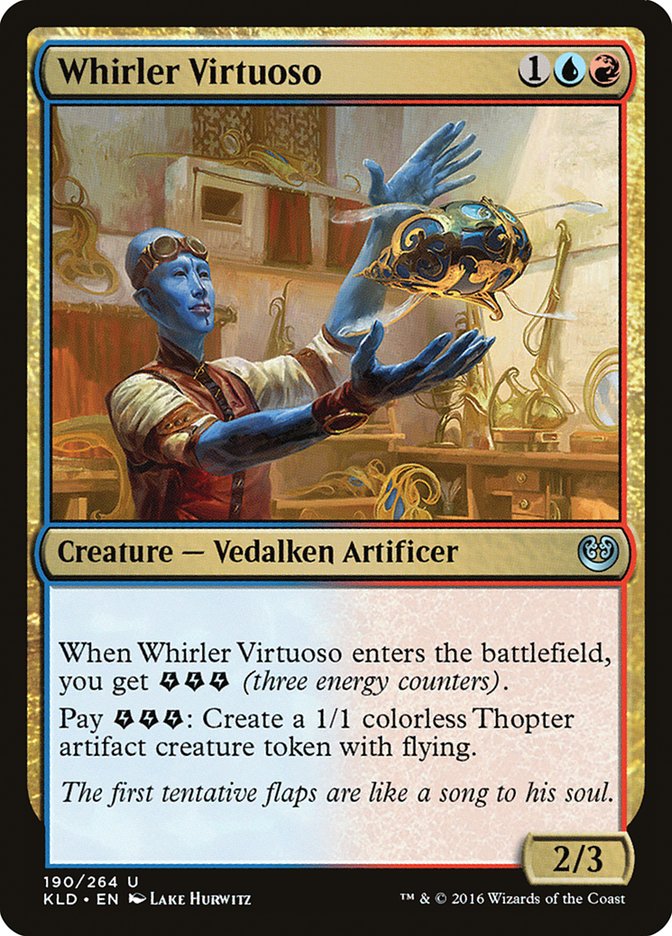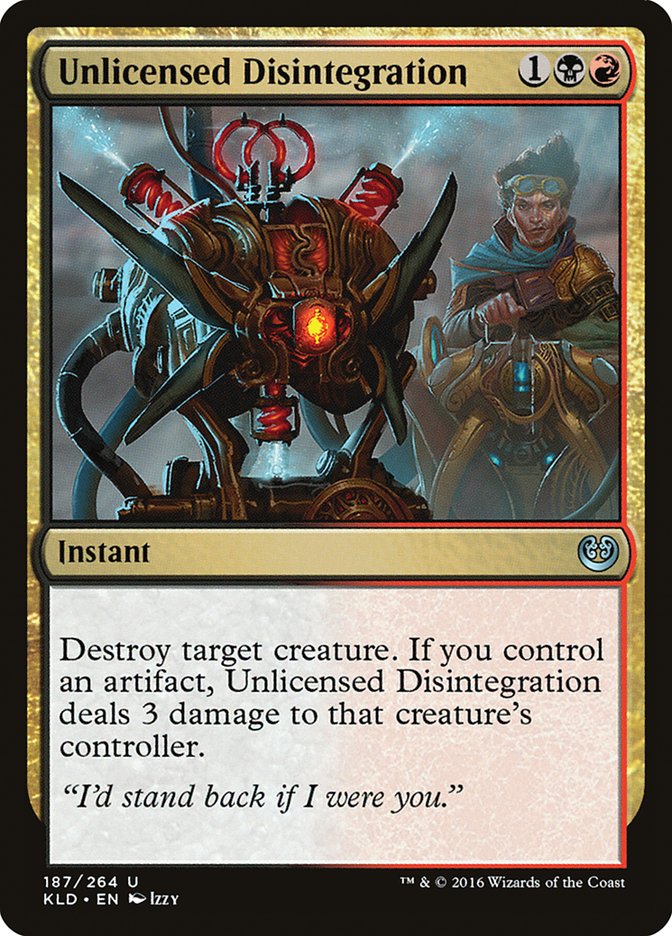There is another world where this article is far easier to write.
As you assuredly know, there have been no bans. While the facts state that, prior to this weekend, there have been no Grand Prix Top 8s since the Pro Tour for decks other than B/G variants, Four-Color Saheeli, or Mardu Vehicles, Wizards feels comfortable enough leaving the format alone until the release of Amonkhet.
I personally thought Felidar Guardian was going to be banned, as it arguably creates huge constraints on what is playable in the format. It is possible that many fringe decks would be given life, but as it stands, the necessity for interaction with the combo makes it difficult to justify playing anything with slower goldfish potential than the Saheeli Rai combination.
Despite the possibility that the format would “open up” in the face of this ban, it might also create a world where Gideon, Ally of Zendikar is far too oppressive.
Once you begin down this string of logic, then we start getting into the territory that’s bad for business – do we have to initiate multiple bans, including those of marquee cards, to turn a three-deck format into a five-deck format mere months before it’s going to (hopefully) change anyway?
While a few short paragraphs on the Mothership might not reflect the difficulty of this decision, I’m confident that many intelligent people toiled over what to do.
As it were, it’s not worth bemoaning what could have been. My job is to try to equip you to win as many matches as you can before the release of Amonkhet, and that’s what I intend to do.
Where the Power of the Format Is Predicated
These are the largest payoffs of the format. If you want to win as many matches as possible, than you want to be playing with some combination of these cards.
You’ll probably notice that I did not include Torrential Gearhulk. Despite the blue Gearhulk being an incredibly powerful card that does in fact define an archetype, that archetype also hasn’t put up enough results. In fact, many of its pilots at Grand Prix Utrecht switched to Four-Color Saheeli and Mardu for the next European Grand Prix they attended.
Many have asked me my opinion of the Temur Dynavolt deck and my answer has always been this: people have different motivations for playing Magic. If you have a strong affinity towards a control deck or just want to be a little different, than by all means play the deck. However, if you want to give yourself the best chance of winning any given Standard tournament you attend, then I cannot recommend it.
The Devil Is in the Details
While it is true that there may not be many archetypes in the format, there is a great deal of room for small innovations in card choices. Building your deck and playing well are heavily rewarded in this Standard format.
At Grand Prix New Jersey, I lost two Mardu mirrors almost directly to Nahiri, the Harbinger. It isn’t that Nahiri wasn’t in some capacity a known quantity – I just chose not to play it and my opponents had a huge leg up on me. The play patterns often dictate in these mirrors that both players need mid-game bridges and finally powerful late-game cards like planeswalkers and Archangel Avacyn.
The curve of Mardu Vehicles, especially after sideboarding, has begun to creep up, incentivizing players, including myself, to play and/or sideboard additional land. When missing a land drop is so devastating, having a means to mitigate this flood while also having a difficult-to-kill threat is at a massive premium in the matchup.
It also didn’t help that my post-sideboard configuration included two copies of Stasis Snare, which is another card that plays poorly against Nahiri. This was an oversight, both in terms of how the matchup plays out and how my opponents may be prepared for it, and it cost me my tournament.
Similar symptoms can be seen across the theoretical Rock/Paper/Scissors of Standard. Being ill-prepared for even one aspect of a matchup can have massive implications because the cards are so powerful and the games can swing so quickly. Corey Baumeister lived this reality when his Skysovereign, Consul Flagship went unopposed for just a single turn in the mirror match in the finals of the tournament.
Having cohesive plans built around high-impact permanents is a recipe for success.
Playing Around the Worst Possible Outcome
A far more common theme in other digital card games is the necessity to “play around everything.” This is often because the mechanics of the game reduce the amount of variance in any given draw step – odds are higher that your opponent will have the best card that they can play on-curve.
Taking this stance towards games of Standard is beginning to grow on me. Cards like Gideon, Winding Constrictor, and the Saheeli combo parts create an environment where an aggressive risk can lead to complete disaster – your opponent may create too much traction in a single turn cycle for you to ever wrestle back control of the battlefield.
In the case of the Saheeli combo, you can just die, although there is to some degree an exception that we will return to.
Positioning yourself as best as you possibly can against your opponent’s most powerful sequences is of utmost importance.
In many regards, this is often about trying to “check” your opponent’s planeswalkers as best as possible. Any time your opponent can deploy one with minimal risk and then untap with it on the battlefield is recipe for losing the game.
I’ve often found myself in Mardu mirror matches almost never attacking with my Heart of Kiran into open mana. While it’s true that forcing my opponent to leave up Fatal Push has some intangible benefits in terms of “tempo black-holing” them, the most important aspect of this decision is that it will never be free for my opponent to cast a Gideon on turn 4. As a result, even though I may have “missed” some points of damage, should this ever give me the opportunity to play my Gideon on turn 4 because they have to wait until turn 5 to leave up Fatal Push, I have effectively stolen the play and gained enough traction to likely make their Gideon largely ineffective.
These are the types of sequences that one needs to be aware of right now. In the case of Winding Constrictor? If you can, just light the thing on fire.
The Exception
To me, the largest slight against the Saheeli Rai combo is how powerful playing a turn 3 Saheeli on the play is. A situation that can often arise in the mirror match is when your opponent has this opener and you don’t have a two-drop. Odds are good that you should just jam Rogue Refiner or Whirler Virtuoso almost every time in attempt to begin pressuring Saheeli.
This may seem at odds with my advice to “try to play around everything,” but it isn’t. All you are effectively doing by passing is giving your opponent free rein to sculpt their hand and continue to build their battlefield position while you hold up a removal spell every turn for no gain. Eventually you will be forced to deal with their battlefield and the game will simply have progressed to a more snowballed position for your opponent where the odds are even better they have the combo because of their repeated scrying.
Letting go in this situation is just one of the ugly aspects of Standard you have to accept.

Never Try to Kill Your Opponent
The old mantra that Gerry and I lived by in the G/W Tokens was “never try to kill your opponent.” To some degree, this is in line with “play around everything.”
In reality, this is just yet another fundamental way in which modern games of Magic are changing. Tightening the squeeze is far more effective than trying to push for a kill these days.
When a player is winning, it is typically by landslides in resources and repeated effects. All one needs to do is defend against disaster scenarios and protect the advantage over time.
The possibility for an opponent to take such massively swingy turns is huge, should you ever give them the window to get a few fortunate draw steps. A bad attack into an Archangel Avacyn leading into an Unlicensed Disintegration could be all it takes to lose two planeswalkers, your best creature, and the game.
Do you really need to crack your Clue or Fatal Push an opponent’s incidental creature to put them on a two-turn clock when you were winning and insulated against their Felidar Guardian combo?
Patience is one of the most underrated aspects of playing Magic, as is leaving your opponent with few to no outs.
Depending on your level of advantage, it may be beneficial to take an aggressive slant in the game, but the cheat sheet here, as usual, really is, “Do I have a planeswalker on a stable battlefield?” If so, then there’s really no need to offer up your resources for poor exchanges.
Never let yourself get “re-tricked” unless you have to.
There’s Still Room for Innovation
Despite the power of Standard being centralized in a small number of cards, that doesn’t mean there still isn’t room to innovate or build new decks.
Tweaking your Mardu or Four-Color Saheeli deck to perfection is an exercise that will be rewarded. This can especially be seen in Ben Friedman’s runner-up list from Grand Prix New Jersey. His use of Traverse the Ulvenwald is excellent for fighting the flood that sometimes plagues the archetype and positioning himself for more fair games after sideboarding.
It isn’t clear that there simply aren’t new ways to configure the archetypes:
Creatures (16)
Planeswalkers (7)
Lands (20)
Spells (17)

Who’s to say that the real boogeyman isn’t Oath of Nissa?
Maybe this is a bit wild, but it is also an example of uncharted territory and the amount of design space that’s left with just “the best cards” in Standard.
Standard is certainly established, but it hasn’t been solved.
Felidar Guardian is still around, but you’re also still going to be rewarded for doing your homework and playing good Magic.
Strive towards that until we see where Amonkhet takes us.










